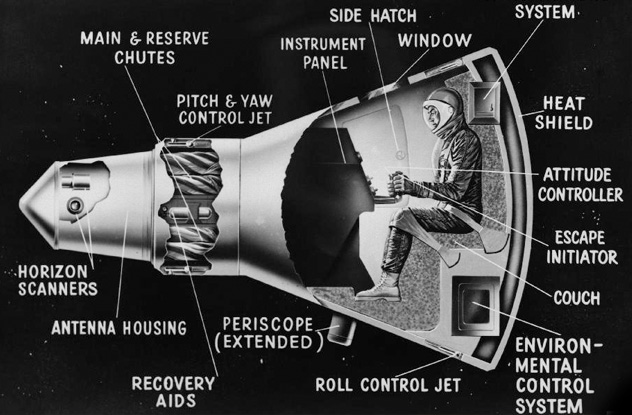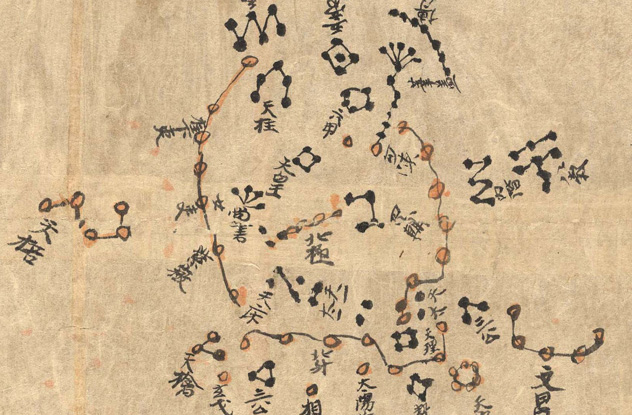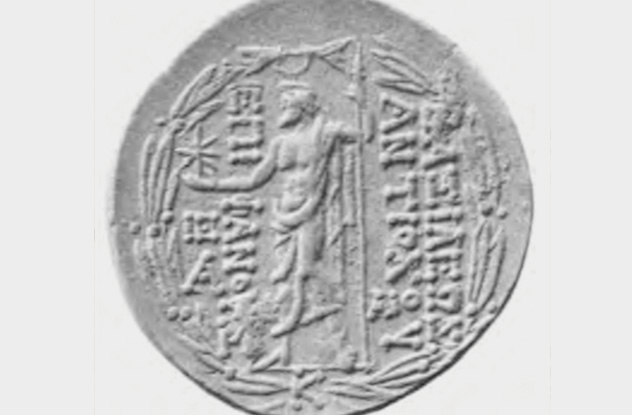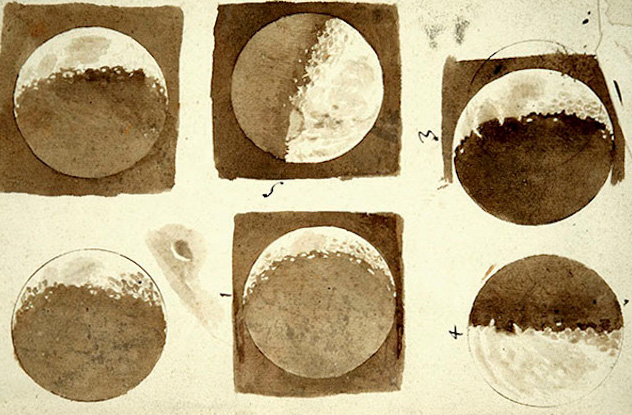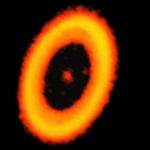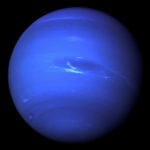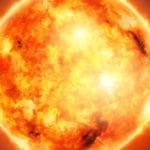10Johannes Hevelius And The Era Of DIY Astronomy
Legendary Polish astronomer Johannes Hevelius was the son of a successful brewer. He initially aspired toward a career in politics, but that was quickly derailed by the astronomy craze that swept through secular Europe in the 17th century. Very much the self-made astronomer, Hevelius realized he needed a dedicated observatory to view the heavenly bodies that so enthralled him. Channeling the do-it-yourself scientific sentiments of his day, he built an observatory spanning three rooftops and filled it with instruments of his own creation. When he found his moderately sized telescopes inadequate, he built his astronomical piece de resistance: a monstrous, 45-meter-long (150 ft) refractor. It was so revered for its craftsmanship that it drew attention from the Polish royal family, who rewarded Hevelius’s efforts by allotting him a pension for future endeavors. Hevelius was as adept with old-school instruments as he was with his fancier implements. When the now-famous Edmund Halley paid Hevelius a visit, the comet’s namesake was shocked to find that Hevelius could determine the position of stars with a sextant just as accurately as Halley could with a telescope. A great and possibly deliberate fire consumed much of Hevelius’s workshop and instruments in 1679. Undaunted by the destruction of his life’s work, the 68-year-old Hevelius started over, rebuilding a good portion of his observatory before his death.
9John Dobson Brings Astronomy To The Masses
John Lowry Dobson is known as the godfather of amateur astronomy. Dobson revolutionized the field and made astronomy accessible to the public by freely offering his designs for cheap and effective instruments. Dubbed Dobsonians, these telescopes became incredibly popular with DIY stargazers and astrophiles on a budget. Born in China in 1915, Dobson’s family relocated to the much safer San Francisco to escape the brutal communist revolutions sweeping through the East. In America, Dobson spent 23 years of his life as a monk of the Ramakrishna Order. But while he exceeds all the qualifications of a free-spirited hippie, Dobson was, above all, a man of science. He earned his master’s in chemistry from the University of California at Berkeley. He then tried to disprove the big bang theory through mathematical equations because he didn’t believe a whole universe could have bloomed from abstract nothingness. While he was a monk, his ideological superiors appreciated his skills, but he was ultimately unable to reconcile the order’s theologies with the truths offered by contemporary sciences. Eventually, his secular yearnings motivated him to leave the order in pursuit of his true love, astronomy. With zero money in his pocket, he fashioned his first telescope out of trash. Dobson then went on tour to encourage the public to share in his passion. He traveled from town to town in a repurposed minibus while towing his ridiculously large pieces. He set up observation stations throughout California, enthusiastically inviting strangers to view the cosmos through his handmade telescopes. He also launched the San Francisco Sidewalk Astronomers club to share his fascination with the masses.
8First Landing In The Deep Solar System
The above image shows humanity’s most distant stationary outpost in the universe: the Huygens probe, a collaborative effort between NASA, the European Space Agency (ESA), and the Italian Space Agency (ASI). On January 14, 2005, Huygens was deployed from the orbiting Cassini spacecraft. After the most nail-biting transit in astronomical history, it landed on Saturn’s largest moon, Titan. Over a billion kilometers from the safety of Earth, the plucky Huygens survived a harrowing trip through Saturn’s crowded rings before parachuting through the thick, nitrogenous brume that smothers Titan. The satellite’s weak gravity fails to reign in its atmosphere, allowing the air to extend 600 kilometers (370 mi) out into space, much farther than Earth’s. After an uneventful two-hour descent, Huygens touched down on Titan’s desolate floodplain and took a picture of the most amazingly exotic rocks mankind has ever glimpsed. The parties responsible are more than happy to share their glorious achievement, and you too can watch the mind-blowing video of Huygens on the very last leg of its mission. At first, only Titan’s choking haze is visible, but as Huygens punches through the atmosphere, detailed images are built up from a collection of small-field-of-view snapshots. The video is sped up 40-fold, compressing four hours’ worth of action into a fun-sized, five-minute package.
7The Mercury Program: The First Manned Spaceflights
In the late ‘50s and early ‘60s, the United States was ready to get actual humans into space after previously launching mice, insects, and other creatures with varying levels of success. With major contributions from the Air Force, Project Mercury was America’s first foray into manned spaceflight, initiated shortly after NASA was founded in 1958. This first major program was largely successful, making the nation’s first astronauts very famous as well rich. Life magazine sponsored this first batch of spacemen for (the modern-day equivalent of) $4 million. Project Mercury ushered in a new era of astronomical interest and provided a counter to contemporary Soviet advances. Though America was beaten to space, a period of rapid technological progression kicked off by Project Mercury would see it as the first nation on the Moon. The program’s first astronaut was a chimpanzee named HAM, who accompanied Mercury Spacecraft 5 on the program’s maiden voyage. Though the craft handled itself unpredictably, suffered a partial depressurization, and splashed down 650 kilometers (400 mi) from its intended landing spot, HAM made it safely back in his little spacesuit. Between 1961 and 1963, the Mercury program completed six missions. It started with short, 15-minute-long sub-orbital trips before progressively increasing duration—up to 34 hours—and altitude. After it was deemed safe for extended human use, the dangerously claustrophobic Mercury capsule Friendship 7 took John Glenn three times around the Earth on a five-hour trip. The program culminated in 1963, as Gordon Cooper made a historic 22 orbits aboard Faith 7 before returning safely and to many huzzahs. These were massively impressive feats aboard what was effectively a rocket-propelled broom closet.
6Astronomical Events Recorded In Rock
In late June 1054, a mysteriously bright object appeared in the sky, amazing our ancestors, who probably thought it a new star or heavenly portent. The ephemeral sighting, mainly recorded by Eastern astronomers, brilliantly outshone every star and planet. We now know that it was the visible outburst from a massive stellar explosion. The supernova occurred 6,000 light years away in the Taurus constellation. A star much greater than ours gloriously succumbed to its own mass, and the resultant mess is the famous Crab Nebula. Distance spared us from disaster. Yet we were close enough that our ancestors observed the event in (delayed) real-time, as the new star lingered in the night sky for nearly two years before disappearing again just as mysteriously. Initially, the supernova was so bright that it was visible during the day. The whole thing was recorded in petrograph form by Anasazi artists, who were avid stargazers. A glyph painted on a 6-meter (20 ft) overhang in Chaco Canyon, New Mexico serves as a primary source to one of the most incredible phenomena ever observed by man. The scene features what appears to be a large, shining star next to a crescent moon. Evidence suggests that the Anasazi would have observed the supernova near the Moon in their night sky, and the Moon would have been waning during this time. The scene is remarkably to scale. These facts support that the petrograph is a marker for this rare astronomical event and not just some abstraction made by a stoned artist. As an added bonus, a sun-like depiction also appears underneath. Faded marks reveal a bright tail streaming behind it, suggesting that the Anasazi also witnessed a passing of Halley’s comet.
5Early Chinese Star Atlas
While the West was still busy learning how to use separate cisterns for drinking and as toilets, the Chinese were putting together accurate star charts. Recovered from the town of Dunhuang in 1907, the star atlas is the culmination of many generations of stargazing and plotting. Dating back to the mid-seventh century, it’s the oldest surviving astronomical chart. There are some fundamental differences between the Eastern Dunhuang map and Western depictions of the constellations. Instead of mythological figures, the Dunhuang map’s stars are connected in unimaginative patterns. The view afforded to Chinese astronomers was quite different, featuring smaller constellations and dimmer stars, though the latter fact is not readily apparent on the map, since the stars are not marked by luminosity. It provides a striking contrast to Western offerings, which were just as heavily based on art and folklore as they were in actual science. The only recognizable piece of the atlas appears at bottom center, where the Big Dipper is displayed.
4Astronomical Events Depicted On Coins
Record-keeping in astronomy has changed drastically over the millennia. Nowadays, supercomputers can easily store a seemingly infinite amount of data, but ancient astronomy relied on a variety of media, including coins. One ancient Greek coin, produced around 120 B.C., seems to show an occultation, which is when a celestial body obscures another. In this case, the coin depicts the Moon obfuscating Jupiter, the fourth-brightest object in the night sky, according to Windsor professor Robert Weir. Weir specializes in classics, astronomy, and numismatics. He believes that such an occultation would have been a momentous occurrence for a society that strongly believed in the predictive qualities of astronomical events. And why not commemorate such an occasion with a limited edition coin? The images are novel and not consequently reproduced, supporting the theory that the coin marks such an event. Furthermore, Weir was able to reproduce the night sky that the ancient coin makers saw. The occultation would have indeed been visible. In addition, a second occultation of Jupiter and one of Venus occurred during a short span of time around when the coin was minted.
3Durer’s Zodiacal Woodcuts
An artist by trade but informally a naturalist and astronomer, German Albrecht Durer produced meticulously detailed works and is widely considered the greatest northern Renaissance artist. His themes ranged from religious pieces to zoological and anatomical studies, including the first and only depiction of a rhinoceros that most 16th-century Europeans could ever hope to see. Indeed, the sketch remained relevant for hundreds of years. His contribution to astronomy is equally impressive. In 1515, Durer collaborated with two bona fide astronomers, Johannes Stabius and Konrad Heinfogel, to produce woodcuts of the northern and southern Zodiacal constellations. The charts combine science and art, with Durer as the illustrator and his mathematically inclined colleagues serving as coordinator and record-keeper. These woodcuts are believed to be the first printed European star charts. The advent of the printing press not quite a century earlier allowed the maps to be widely reproduced and made available to the laity as well as the curious. This in itself is a minor revolution in astronomy, as previous works had been solely for privileged scholars. Durer also pays tribute to his astronomer forebears, which are featured prominently at each corner of the map. This was an honorable act, as intellectual property rights were just about nonexistent at the time. These heroes of classical astronomy include the ubiquitous Ptolemy, as well as the seriously influential yet severely underappreciated Al-Sufi, also known as Azophus, an Arabic scientist who mapped the skies centuries before his European counterparts.
2First Accurate Depictions Of The Moon
Throughout much of history, the Moon was just a big white thing at night and sometimes the omen of calamity. It was not an object of astronomic scrutiny; all celestial bodies were long considered divine and pristinely featureless. For a scientist to point out the irregularities of the Moon would be to denounce heavenly perfection. This lingering sentiment and the eventual advent of telescopic instruments in the early 17th century meant the Moon’s true face wasn’t revealed until mid-millennium. In 1609, Galileo Galilei was finally able to study our satellite in detail and publish the first realistic depictions of its craters, peaks, and valleys. Galileo wasn’t the first to put the Moon under telescopic scrutiny. Thomas Harriot beat him to the punch, though his sketches pale in detail and aesthetics. However, Galileo’s work was the first to receive major exposure, probably because of his burgeoning fame and his decision to publish the illustrations in a treatise dedicated to his patron, Cosimo II de’ Medici. Even after Galileo saw the Moon’s serried craters and mountains with his naked eye, some remained protective of the classical views. One Cardinal Bellermine even insisted that the features observed by Galileo were not surface irregularities but tricks of illumination, exaggerated by the varying lunar density and the imperfection of human vision.
1First Image From Mars
In July and September 1976, two Viking landers touched down on Mars as Earth’s first ambassadors to the red planet. The nuclear-powered Vikings were each deployed from their eponymous motherships after a year-long commute through the inner solar system. Thanks to their plutonium hearts, they survived and kept snapping pictures several years after their expiration dates. Equipped with seismometers, meteorology instruments, spectrometers, and a suite of cameras, the landers sniffed the Martian environment, tested soil reactivity for potential life-forms, and achieved many photographic firsts. Notably, it captured the iconic “face of Mars,” imaged by the orbiting Viking spacecraft. The above photo is the first image from the surface of Mars. It was taken on July 20, 1976, almost immediately after the Viking 1 lander kissed the Martian surface. Viking 2 would follow three weeks later, and the duo would continue to beam back information until the early ’80s, setting a great example for future rovers Spirit and Opportunity.



